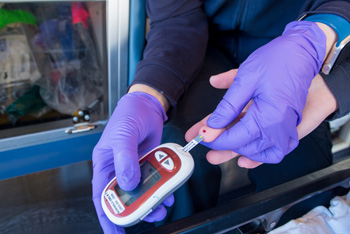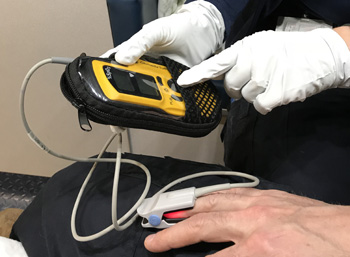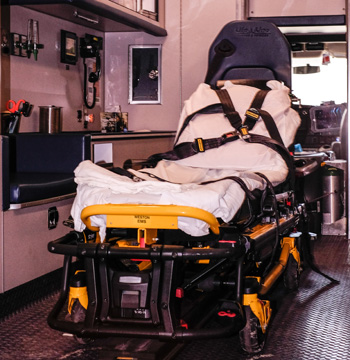STATE OF THE ART EQUIPMENT

Lucas Automatic Chest Compression System
The Lucas Chest Compression System helps sustain vital blood circulation in cardiac arrest patients. It provides effective and uninterrupted chest compressions without the fatigue and individual variation rescuers experience doing manual CPR. It allows EMS crews to focus on other critical life-saving tasks such as ventilation, medication, and defibrillation.

CPAP Continuous Positive Airway Pressure System
The use of continuous positive airway pressure, commonly called CPAP, for the emergency management of congestive heart failure and other respiratory emergencies is rapidly becoming the new standard of care. It is the mainstay in the management of heart failure and it has been shown to be highly effective in reducing hospital stays and the overall cost of care to the patient. Additional uses for CPAP based on local protocols include asthma and COPD in patients, toxic inhalations, drowning, and lung infections such as pneumonia.

Glucometer
A Glucometer is used to measure the amount of glucose (sugar) in the blood. In medical emergencies, particularly in those patients with diabetes mellitus or hypoglycemia, excessive or insufficient glucose levels can result in life threatening complications such as insulin shock with low blood sugar or diabetic ketoacidosis with high blood sugar.

Pulse Oximeter
Pulse Oximetry is a noninvasive method for monitoring a person's oxygen saturation in emergency situations. It is a diagnostic tool for those patients having respiratory issues to determine if they are getting sufficient oxygen through normal respirations and as a guide to the use of supplemental oxygen administration.

Stryker Hydraulic Stretcher System
An advanced powered ambulance cot utilizing a battery powered hydraulic system that effectively raises and lowers the cot at the touch of a button. In combination with a track system in the ambulance the stretcher with the patient is rolled out of the ambulance with the hydraulic system seamlessly maintaining the same height to the ground without the need to lift the patient. This results in very little movement of the patient causing significantly less pain and discomfort by being loaded/unloaded by the ambulance crew. It also reduces back injuries for the rescuers by eliminating the lifting process.

Digital Radios
Our ambulances are outfitted with the most contemporary digital radios available today for integrated emergency communications that allow us to communicate with all of Weston's emergency services (Fire, Police, EMS) and the Town Dispatch center, the Wilton/Weston Paramedic, and the regional medical communication centers and nearby hospitals. It also provides us the capability of having dedicated tactical communications in the field both with our crews and interagency.
